A craving for a better quality of news, increasing audience tolerance for degraded technology and the need for journalists to multi-skill were all in the mix when prominent media executives sat down to discuss COVID-led changes to journalism.
The ABC's Gaven Morris, Nine Melbourne's Hugh Nailon and Australian Community Media's Gayle Tomlinson addressed the fresh challenges to an already disrupted Australian media landscape in the "Telum Talks … Journalism in the era of COVID-19, and where do we go from here?" webinar on Thursday. More than 700 people joined the session.
What the pandemic has shown, they said, is that when it counts, the community wants access to reliable news sources and is prepared to pay for them. The triple crises of the Black Summer bushfires, health pandemic and ensuing economic recession have "centred" the public on what's really important, said Morris, Director of News, Analysis and Investigations at the ABC.
"What you'll see emerging out of this is a mood from audiences and from the public for a lot more transparency and honesty in the way conversations are had, and the way information is expressed."
'You are going to have to shoot photos, have social media work, do live-reporting.'
Nailon, Director of News at 9 News Melbourne, whose news audience has spiked by 25 per cent during the pandemic, said in recent weeks, he has seen a shift in audience attention both in Australia and worldwide towards stories of recovery. "There has been a much greater appetite for good news stories."
For regional communities the desire for recovery stories has been heightened by years of doing it tough. "It's not just a recovery from COVID, it's a recovery from the bushfires and drought as well," said Tomlinson, Head of Audience for Australian Community Media.
Early in the pandemic ACM announced a swathe of its papers would suspend print editions and switch to limited digital production in the short term. In tough times for the business, Tomlinson has been heartened by readers' willingness to pay for digital news. "We've seen a distinct shift in our readers from print towards digital during COVID … and a real shift towards mobile."
"For us, it's about still being there for our audiences, cataloguing that recovery and supporting them," she said. And, as the country emerges from the health crisis, ensuring politicians deliver on their promises to regional Australians.
For Morris, it has also changed the way the media delivers journalism. While COVID-19 has disrupted face-to-face research, it has allowed journalists to be much closer to a story thanks to greater "virtual" access.
"The access to voices, faces, and perspectives means you don't need to be physically in front [of them] to be able to talk and the audience embraces that ability," Morris said. Despite accolades for its coverage, ABC announced significant cuts to staff last week. The cuts come after News Corp announced 112 of its regional and suburban papers would cease print publication, with 76 moving exclusively online and 36 closing.
Asked about the future for journalists, Morris said people still wanted stories and to know what was going on around them. "The hard part is for the people telling the stories are going to need to tell them in different ways.
"Having one great skill isn't going to be enough anymore," he said. "You are going to have to shoot photos, have social media work, do live-reporting," Morris said.
The COVID rethink has also raised new workplace options. "There's an opportunity to effectively decentralise," said Nailon. Tomlinson agreed. "Having more people working from home has shown other organisations that you can have kids and a job … [Being able to] publish top-class journalism with children around is a great message for working parents."



Cultural ping pong: Dancing on the edge of two worlds